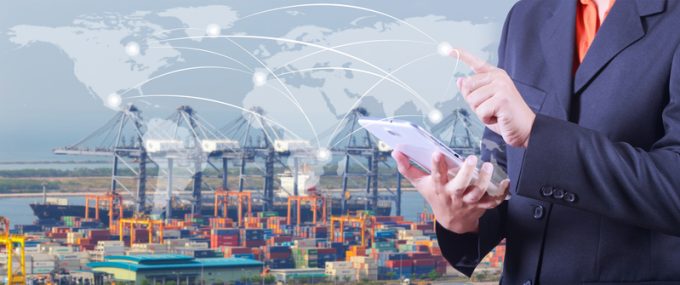CMA CGM outlines plan to deploy AI across shipping and logistics operations
CMA CGM plans to apply artificial intelligence (AI) in its business, including starting an AI ...

The Digital Container Shipping Association (DCSA) has admitted that electronic bills of lading (eB/Ls) will require greater support from governments to get over the line.
eB/Ls are designed to cut down on paperwork, which would solve a number of other problems involving lost, damaged or forged ...

Comment on this article